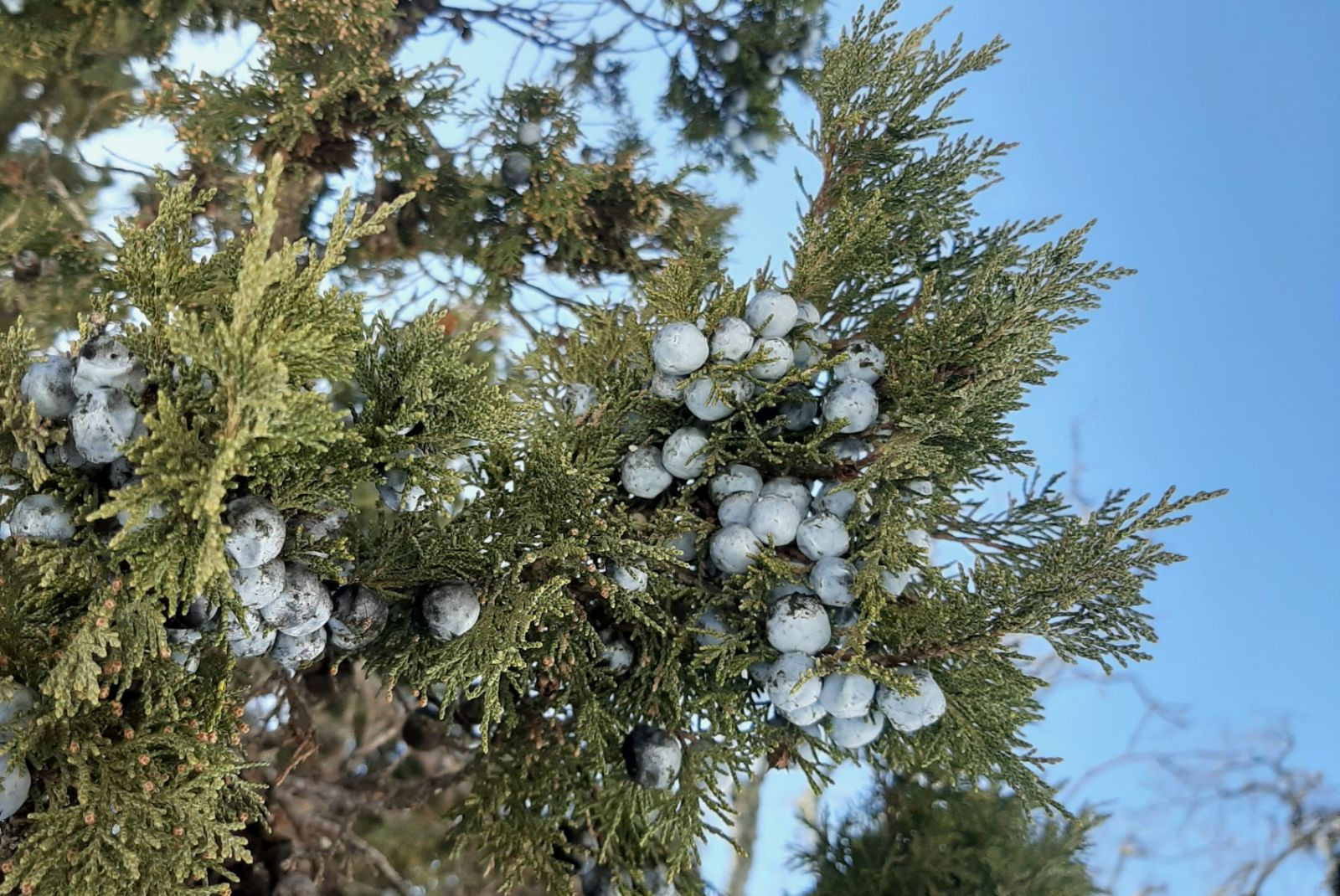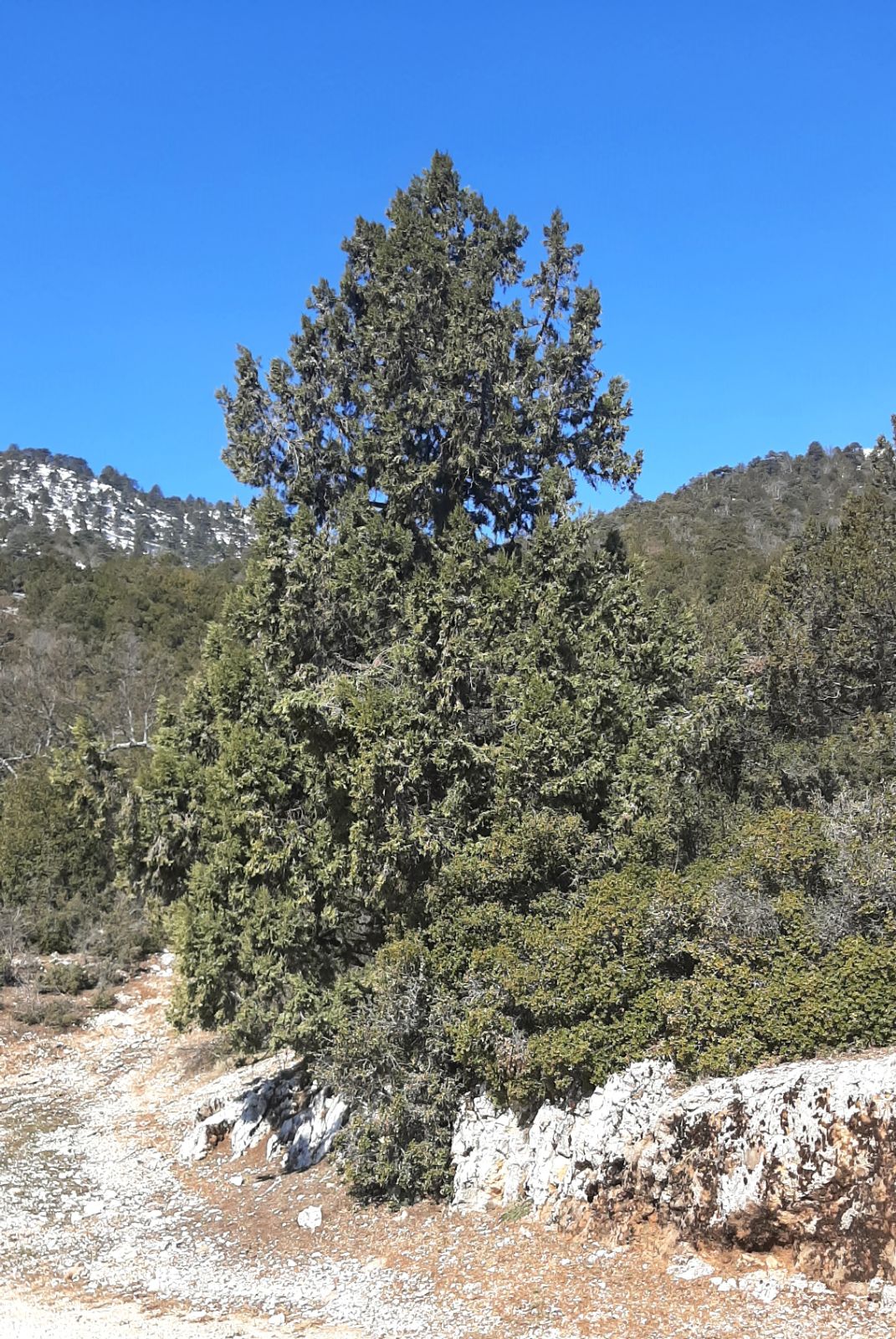Juniperus excelsa
Credits
Article from Bean's Trees and Shrubs Hardy in the British Isles
Recommended citation
'Juniperus excelsa' from the website Trees and Shrubs Online (treesandshrubsonline.
Genus
Synonyms
- Juniperus macropoda Boiss.
- Juniperus seravshanica Komar.
Infraspecifics
Other taxa in genus
- Juniperus bermudiana
- Juniperus cedrus
- Juniperus chinensis
- Juniperus communis
- Juniperus conferta
- Juniperus deppeana
- Juniperus drupacea
- Juniperus flaccida
- Juniperus foetidissima
- Juniperus formosana
- Juniperus horizontalis
- Juniperus komarovii
- Juniperus occidentalis
- Juniperus oxycedrus
- Juniperus phoenicea
- Juniperus pingii
- Juniperus procera
- Juniperus procumbens
- Juniperus recurva
- Juniperus rigida
- Juniperus sabina
- Juniperus saltuaria
- Juniperus scopulorum
- Juniperus semiglobosa
- Juniperus squamata
- Juniperus thurifera
- Juniperus tibetica
- Juniperus virginiana
- Juniperus wallichiana
A monoecious or dioecious tree 50 to 70 ft high in the wild; bark brown peeling off in strips; branchlets very slender. Leaves of both adult and juvenile form, the latter awl-shaped, in pairs or in threes, 1⁄8 to 1⁄4 in. long, sharply pointed. Adult leaves scale-like, in pairs, closely appressed to the branchlets, ovate, 1⁄24 in. long, thickened towards the pointed apex, which is incurved; there is a glandular hollow towards the base. Male and female flowers usually on the same plant. Fruits globose, about 3⁄8 in. diameter, dark purplish brown, covered with a blue bloom, containing usually four to six seeds.
J. excelsa ranges from the southern Balkans eastward through Asia Minor to Pakistan and Central Asia. It belongs to the same group as J. virginiana and J. chinensis but has more seeds in each fruit. The fruits are purplish brown, not bluish as in J. virginiana, and the juvenile leaves are usually in opposite pairs, whereas in J. chinensis they are commonly in threes. Juvenile foliage is rarely seen in adult plants.
According to H. Ricdl in Flora Iranica (Cupressaceae, 1968), the species is variable in the wild in colour of bark, thickness of branchlets, form and length of leaves, and in colour and size of the fruits. The above description, however, only covers the cultivated form.
J. excelsa is an elegant, narrowly pyramidal tree in cultivation, and thrives very well. The typical form loses its juvenile foliage, but in the handsomer ‘Perkinsii’, well marked by its glaucous hue, the leaves are wholly of a semi-juvenile or intermediate type, half or less than half of the length of the true juvenile ones, but quite distinct from the true adult scale-like leaves. They are from 1⁄16 to 1⁄8 in. long, in pairs or in threes, awl-shaped and spreading. ‘Stricta’ has the same type of foliage as ‘Perkinsii’ but is not so glaucous.
From the Supplement (Vol. V)
specimens: Adhurst St Mary, Petersfield, Hants, 52 × 6 ft (1985); Eastnor Castle, Heref., 49 × 51⁄4 ft + other stems (1984).
J foetidissima Willd.
Synonyms
J. sabinoides Griseb






